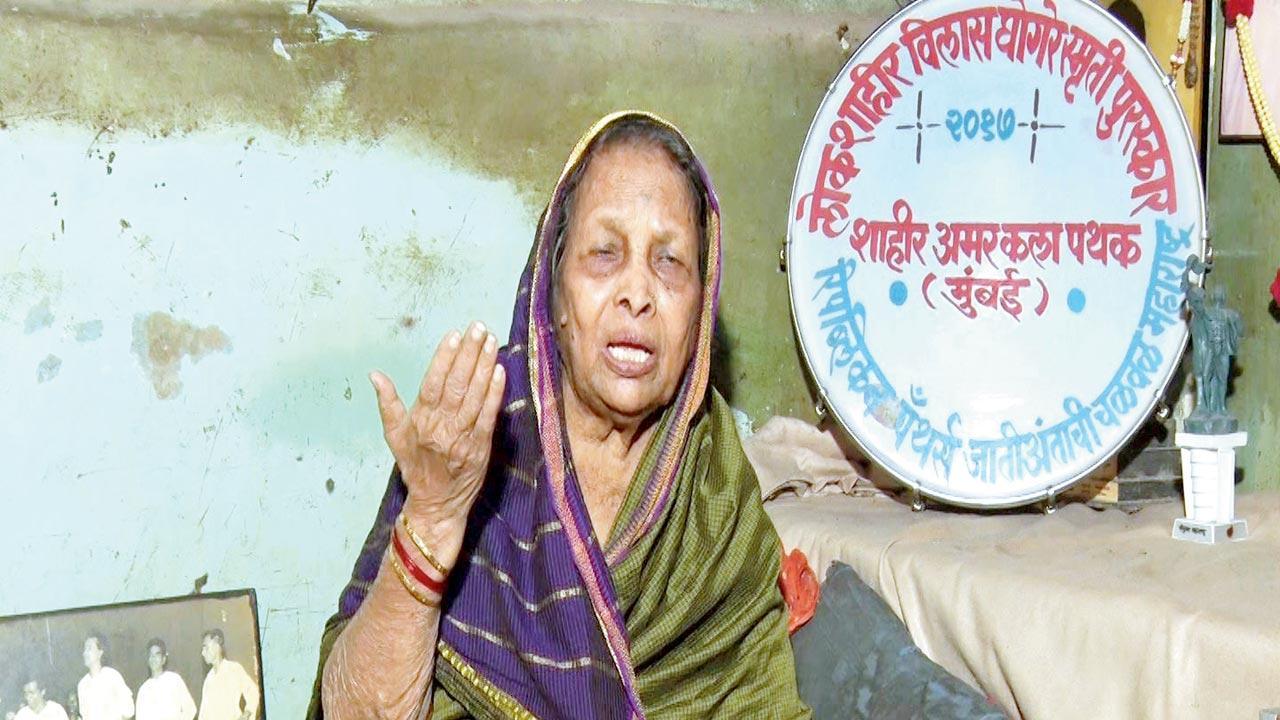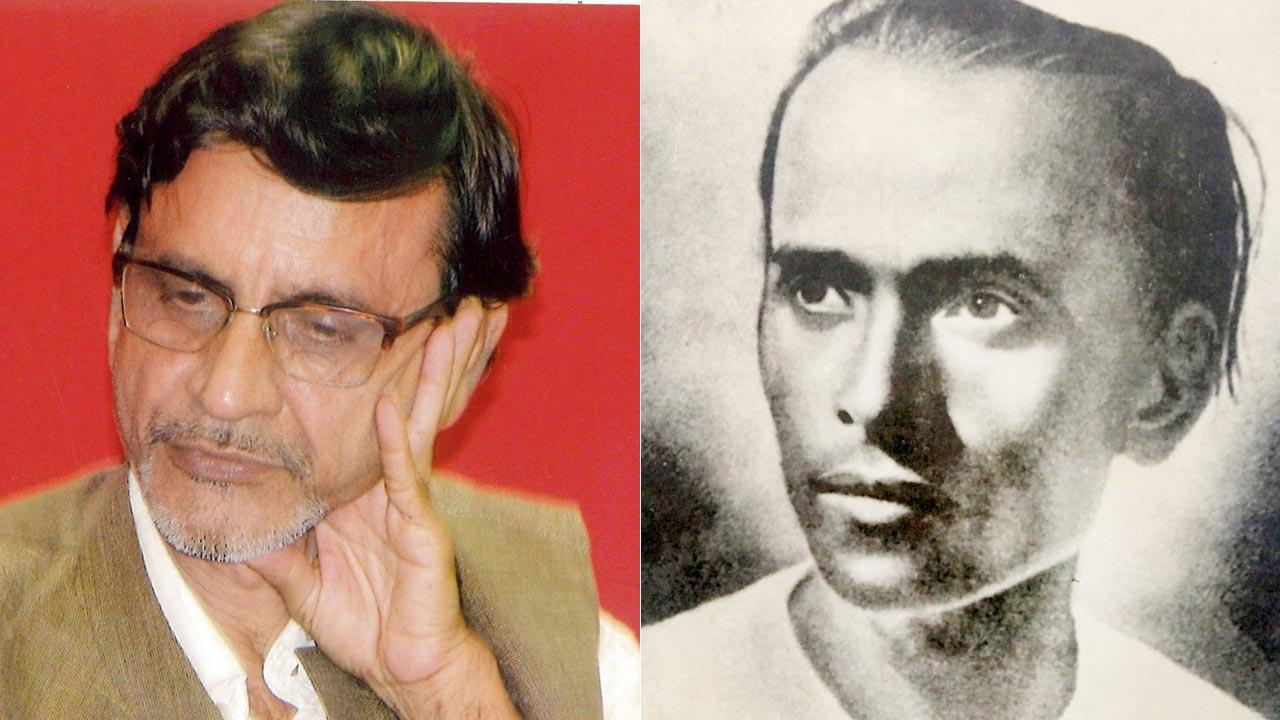Tune in to a virtual presentation that traces how Lokshahir Anna Bhau Sathe used loknatya to challenge class and caste

Kesar Jagtap who was associated with loknatya features in the short film. Pic courtesy/Milind Champanerkar
From 1940s to 1960s, Lokshahir Anna Bhau Sathe transmuted the traditional theatre form tamasha, and created loknatya. Through inspiring songs and compelling stories, the social reformer, writer and playwright from Maharashtra challenged the hierarchies of caste and class, and spoke about the lives of the downtrodden. Yet, it is only his literary contributions — novels, short stories and travelogues — which he is primarily remembered for, points out Pune-based writer, translator and theatre-maker Milind Champanerkar who is documenting Sathe’s loknatya. In an interesting virtual discussion hosted by India Foundation for the Arts (IFA) this Friday, Champanerkar will present his research into the advent, evolution, decline and influence of loknatya.
ADVERTISEMENT
Ahead of the presentation, Champanerkar, a former journalist, editor and filmmaker, recalls that the seeds of the project were sown when he met a colleague’s mother who was associated with Lal Bawata Kalapathak, of which Sathe was a respected member when it was at its peak during the Samyukt (Unified) Maharashtra Movement (1952 to 1956). “She was over 70 years old. When we met, she began to sing Anna Bhau’s songs one after another, and I was surprised how she remembered them! I then went to some other villages in the Red Belt area of Maharashtra, and found that many people, though they are over 70 or 80, still recall Anna Bhau’s songs, and many younger women also know about him. I felt that this must be documented,” he reminisces. Champanerkar later applied for a grant with IFA, and his documentation will culminate into a short film featuring interviews with performers of loknatya, academicians and theatre-persons, and glimpses of loknatya plays.
 Milind Champanerkar; (right) Anna Bhau Sathe
Milind Champanerkar; (right) Anna Bhau Sathe
This Friday, Champanerkar will delve into the structure of the film, how he went about the research work, the pedagogy and aesthetics of loknatya, its influence on street theatre movements, and why it was an effective tool for cultural and political activism. He will also trace how artistes such as Sambhaji Bhagat and Sheetal Sathe are carrying the legacy forward. Through loknatya, he explains, Sathe built a class and caste consciousness in an integrated manner. In contrast to tamasha, loknatya plays were dedicated to the two hands of workers, on which the world is balanced. “These were political statements which Anna Bhau dared to make in those times. His protagonists weren’t typical middle-class couples; they were social activists, reformers and strong women characters,” adds the Sahitya Akademi Award winner. Champanerkar’s online presentation will be followed by a discussion with Sandesh Bhandare, a Pune-based photographer and writer who has worked on tamasha.
On February 25, 6.30 pm
Log on to @IndiaIFA on Facebook to register
Free
 Subscribe today by clicking the link and stay updated with the latest news!" Click here!
Subscribe today by clicking the link and stay updated with the latest news!" Click here!







